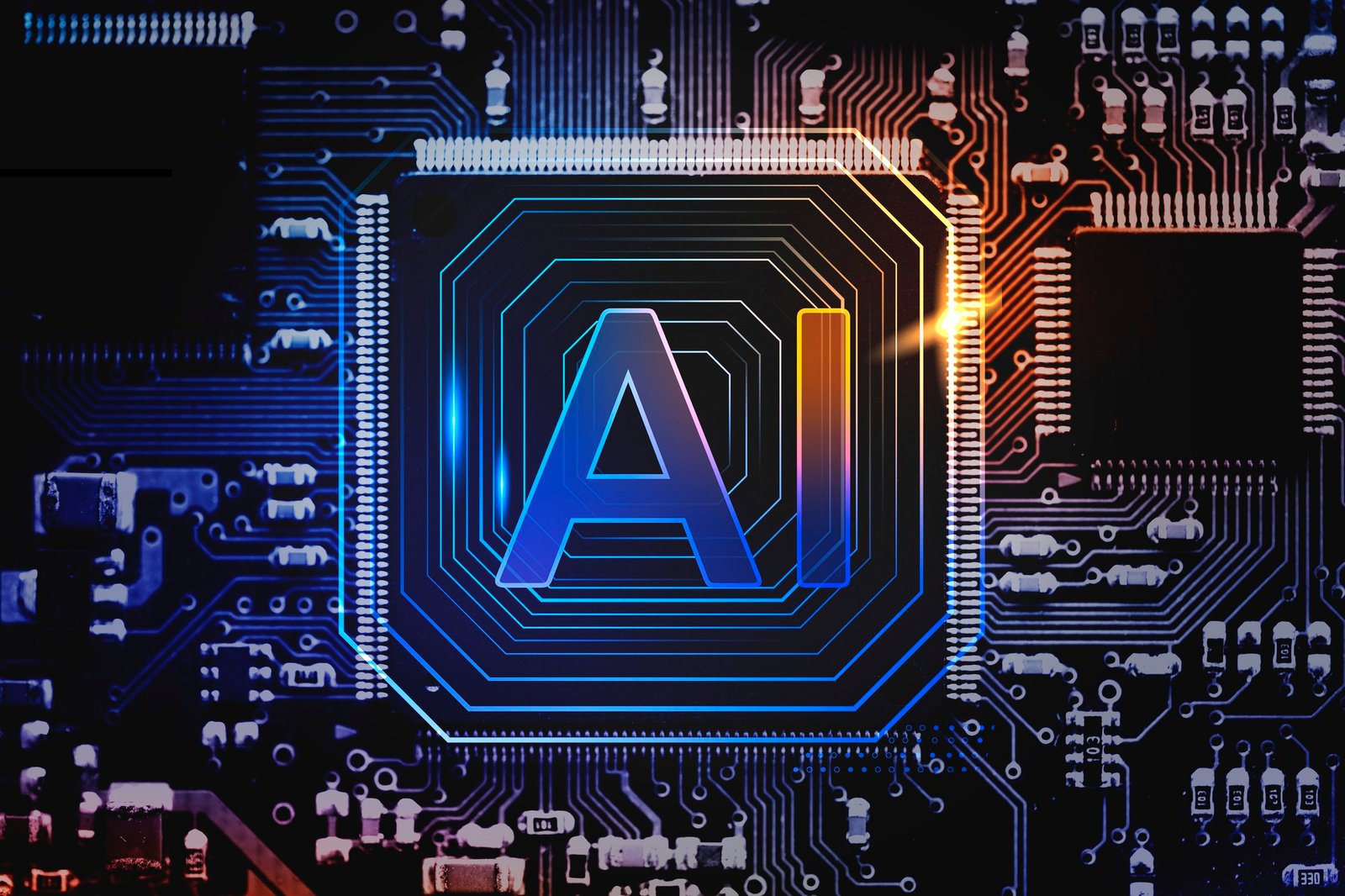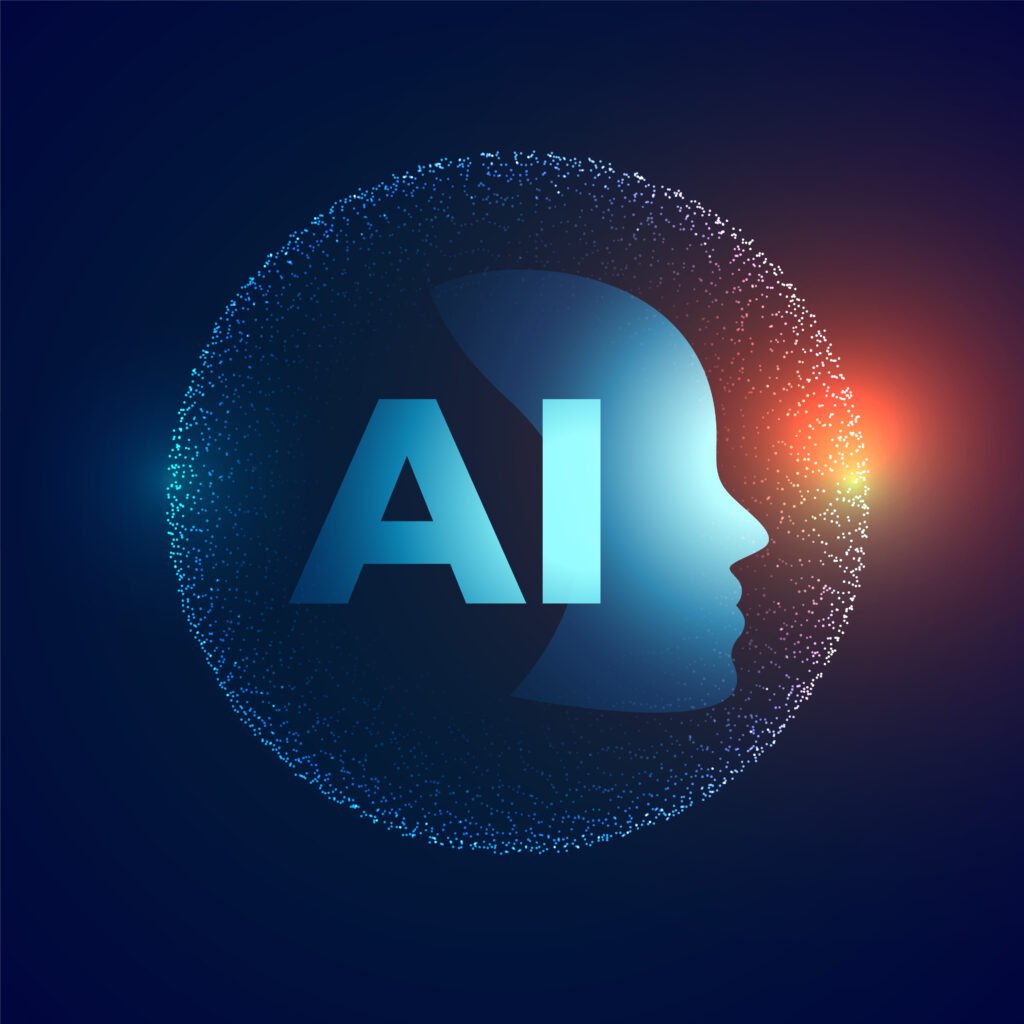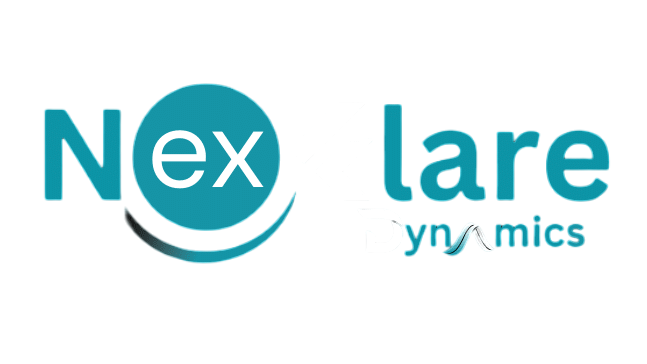Artificial Intelligence and Machine Learning (AI & ML) are at the forefront of innovation, reshaping the way software is developed, deployed, and used. These cutting-edge technologies are not just buzzwords; they are transformative forces driving efficiency, personalization, and scalability in the software development industry.

Why AI and ML Matter in Software Development
AI & ML are more than just tools; they represent a paradigm shift. Traditional software relies on predefined rules and logic to function, but AI & ML enable systems to learn and adapt from data. This ability to evolve makes applications smarter and more responsive to user needs over time.
Key benefits of integrating AI & ML in software development include:
- Automation of Repetitive Tasks: Developers can focus on creative and strategic aspects of projects, while AI handles repetitive coding, debugging, and testing.
- Enhanced User Experience: By analyzing user behavior, AI can tailor application interfaces and functionalities to meet individual preferences.
- Predictive Analytics: ML models can analyze vast datasets to identify trends and predict future behaviors, enabling proactive decision-making.
- Improved Efficiency: AI-driven tools streamline workflows, reducing time-to-market for new applications.
Key Applications of AI and ML in Software Development
- Smart Code Generators: AI-powered code generators like GitHub Copilot are revolutionizing programming. By analyzing context and intent, these tools suggest lines of code, reducing development time and minimizing errors.
- Automated Testing: Testing is a critical phase in software development, but it can be resource-intensive. AI-driven testing tools like Test.ai and Applitools can automatically generate test cases, execute them, and identify bugs with greater accuracy.
- Natural Language Processing (NLP): NLP algorithms power chatbots and virtual assistants, enabling seamless interaction between users and software. Businesses can use NLP to create intuitive customer service platforms that understand and resolve user queries in real-time.
- Fraud Detection and Security: In an era of increasing cyber threats, AI & ML play a crucial role in identifying unusual patterns and preventing fraud. Software systems with built-in ML models can adapt to new threats faster than traditional security measures.
- Recommendation Systems: From e-commerce platforms to streaming services, AI-driven recommendation systems analyze user preferences to provide personalized suggestions, boosting user engagement and satisfaction.
The Development Process: How AI and ML Fit In
Integrating AI and ML into software development involves several steps:
- Data Collection and Preprocessing: High-quality data is the backbone of AI & ML models. Developers collect, clean, and preprocess data to ensure accuracy and relevance.
- Model Selection: Depending on the application, developers choose suitable ML algorithms, such as supervised learning for predictive analytics or unsupervised learning for pattern recognition.
- Integration with Software: Once trained, ML models are integrated into the software architecture, enabling intelligent features like real-time analytics, voice recognition, or adaptive user interfaces.
- Continuous Learning: ML models require constant updates as they encounter new data. Continuous learning mechanisms ensure that the software remains relevant and effective over time.

Real-World Examples
- Healthcare: AI-powered diagnostic tools analyze medical images to detect diseases like cancer with high accuracy, assisting doctors in early diagnosis.
- Finance: ML algorithms identify fraudulent transactions in real-time, safeguarding sensitive financial data.
- Retail: E-commerce platforms like Amazon use AI to optimize inventory management and deliver personalized shopping experiences.
- Education: AI-driven learning platforms adapt to individual student needs, providing customized study plans and resources.
Challenges in Adopting AI and ML
Despite their benefits, AI & ML adoption in software development come with challenges:
- Data Privacy Concerns: Collecting and processing large datasets can raise ethical and legal issues related to user privacy.
- High Costs: Developing and maintaining AI-driven systems require significant investment in technology and expertise.
- Complexity: Building and integrating ML models can be complex, especially for teams lacking specialized knowledge.
- Bias in AI Models: Inaccurate or biased training data can lead to flawed predictions and decisions, impacting the reliability of AI-driven applications.
The Road Ahead
As technology continues to evolve, the integration of AI & ML in software development is expected to grow exponentially. Emerging trends such as explainable AI (XAI), which enhances transparency in AI decision-making, and edge AI, which brings processing closer to the source of data, are set to redefine the industry.

Organizations that embrace these innovations will gain a competitive edge, offering smarter, more efficient, and highly adaptable solutions to their users. The key lies in staying informed, investing in the right tools and talent, and prioritizing ethical practices.
AI & ML are not just shaping the future of software development—they are building it. Are you ready to be a part of this revolution?

Leave a Reply